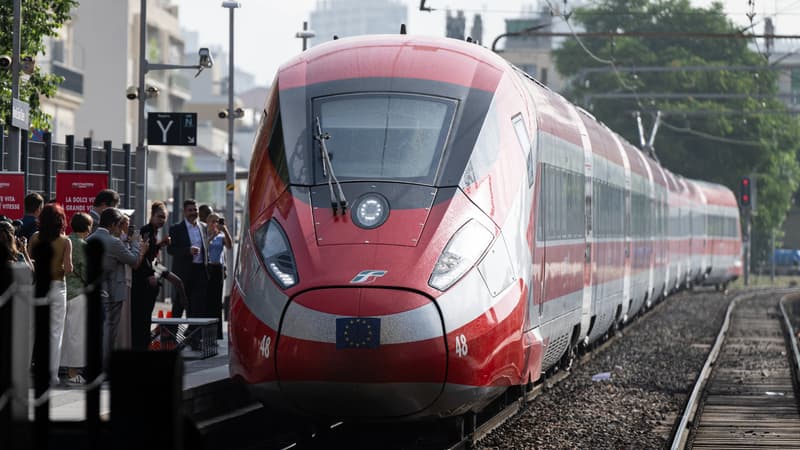How to deal with the colossal needs of the aging of the French rail network after years of chronic lower investments, outside the TGV? This is the object of “Ambition France Transports”, A series of workshops Aimed at resting the basic concepts of a sustainable, robust and durable public transport financing system until 2040, but without further eating state finances.
“It will be necessary to put 1.5 billion additional euros per year in the maintenance of the network since 2027,” says Jean-Pierre Farandou, head of the SNCF. These new resources must be “identified and safe” in mid -2010, underlines the group that will still add 500 million, therefore, it remains to be found one billion per year.
Several routes are mentioned during these workshops, as a contribution of polluting transport methods, but one of them arouses the rejection of the operators: the increase in railway tolls.
“Considerable quantity” … but discounts
SNCF Réseau in charge of maintaining the benefits of the network of various sources of financing: the State and Europe, almost all the benefits of SNCF travelers through a competition fund, but also the tolls paid by the operators who take the tracks (including SNCF travelers).
In his contribution to Ambition France Transports, Treitalia recalls that “the level of French railway tolls in Slo (TGV, editor’s note) is very high, among the highest in Europe. It is, for example, four times more than the level of Italian or German railway tolls.”
And to specify: “In four years of activity in the French territory (2022-2025), and with a limited number of traffic, Treitalia France evaluates the amount established during this period, such as railway tolls, to a total sum of almost 200 million euros. Obviously, it is a considerable amount for any new player also confirmed with the main structural investments necessary for its development (roller equipment …)”. “.” “.” “.” “.” “
For Trenitalia, “the choice to maintain a high level of railway tolls is also an obstacle to the development of competition in the French rail market. This price level makes access to the French network particularly expensive and uncertain in terms of economic viability for new railway operators.”
However, depending on the company, the more market players, the more financial income for SNCF Réseau.
Financial risk
The conclusion, “to increase the contributions of the operators, in any way, would cause a significant financial risk for the new participants whose economic model is not yet stabilized and in a context in which they have not reached their profitability, with the possible consequences (…) a general decrease in income for infrastructure and the public finance manager. This chain of negative consequences must be avoided.
“Treitalia France demands the contribution of rail operators and, therefore, travelers indirectly, do not increase even more in the coming years, at the risk of endangering the development of new operators and the railway system as a whole.”
This analysis makes the teeth next to the SNCF unions. First, because new participants in the high -speed train benefit from temporary discounts on tolls, discounts that can be significant.
The objective: “To help the new participant launch their offer temporarily compensating for the disadvantage suffered from the established operators,” explains SNCF Réseau. But it is so many less returns.
Competition distortion?
In addition, SNCF unions believe that SNCF travelers pay twice: through tolls for which it has no discount through the contribution of their profits. That would constitute a distortion of the competition.
According to an internal document, SNCF travelers last year donated to SNCF not less than 2.75 billion euros, including 1.71 billion paid to the competition fund.
If the SNCF group officially wants that the new players participate more in network financing and regional planning, argue in particular to operate Little or non -profitable axes In the same way as TGV and, therefore, pay new associated tolls.
Treitalia says that it fulfills this role: “Not only the rail operators such as Tennitalia France, due to the very nature of their activity, join the most complete coverage of the territory where they operate, in particular with the aim of strengthening the attraction of the railway offer, but the arrival of new inventions in the French market can contrary to the opposite of the best service of the territory.”
An affirmation that has not really verified at this time.
Source: BFM TV


